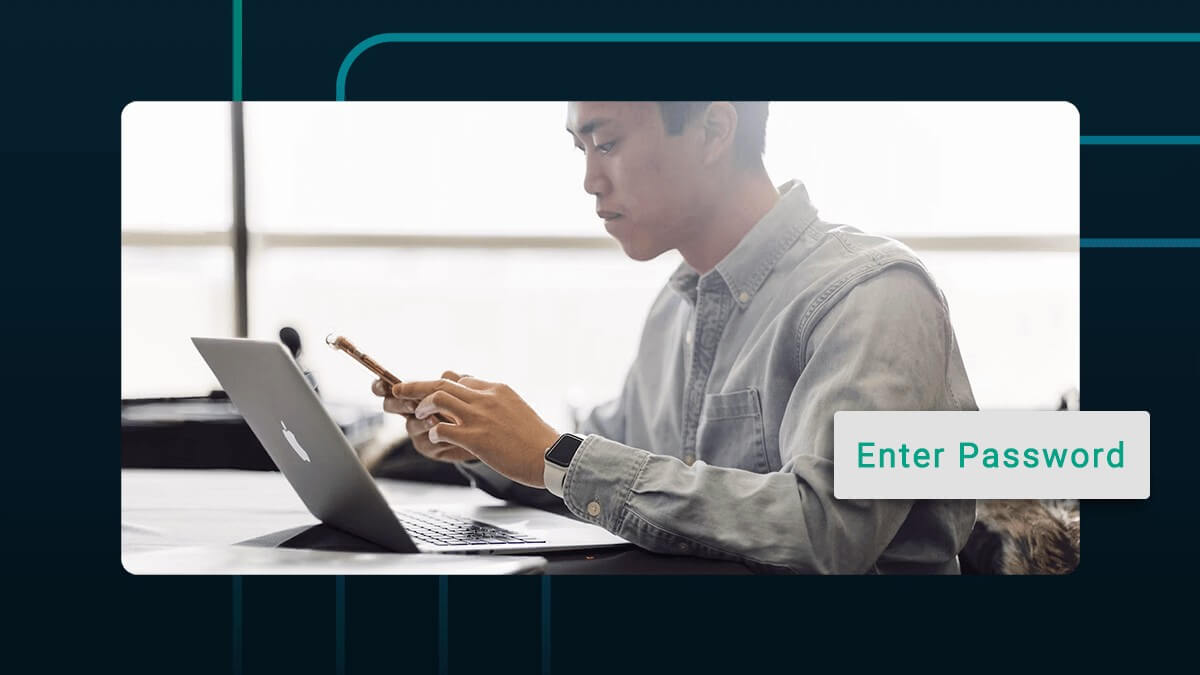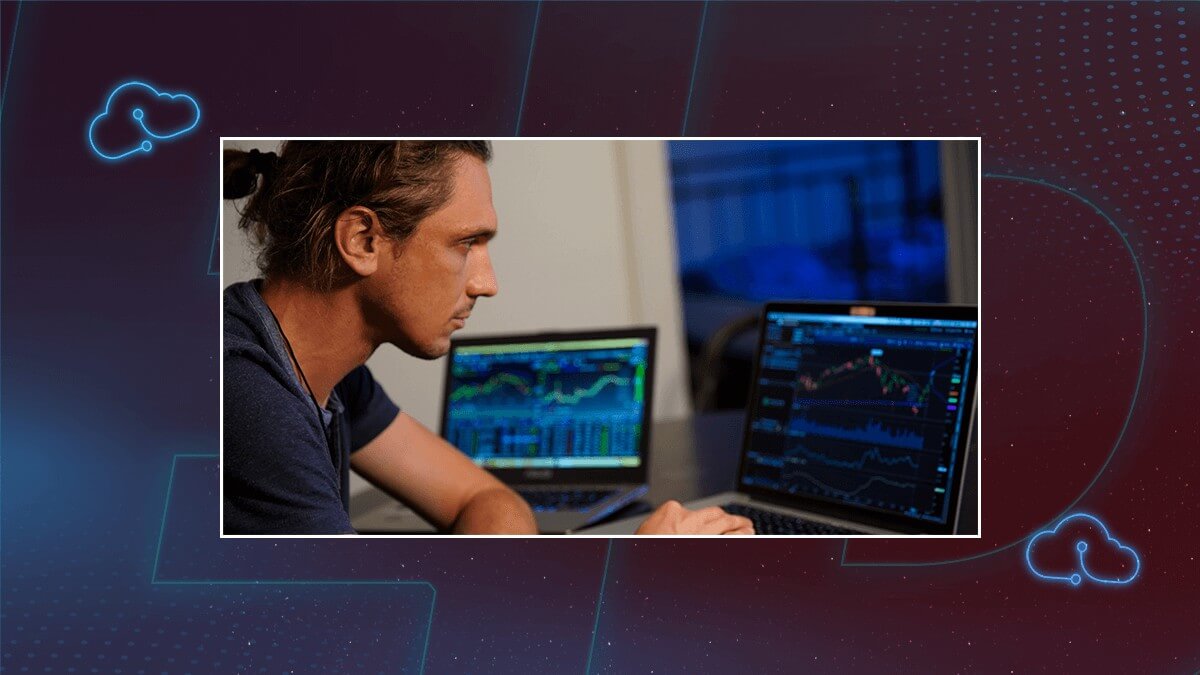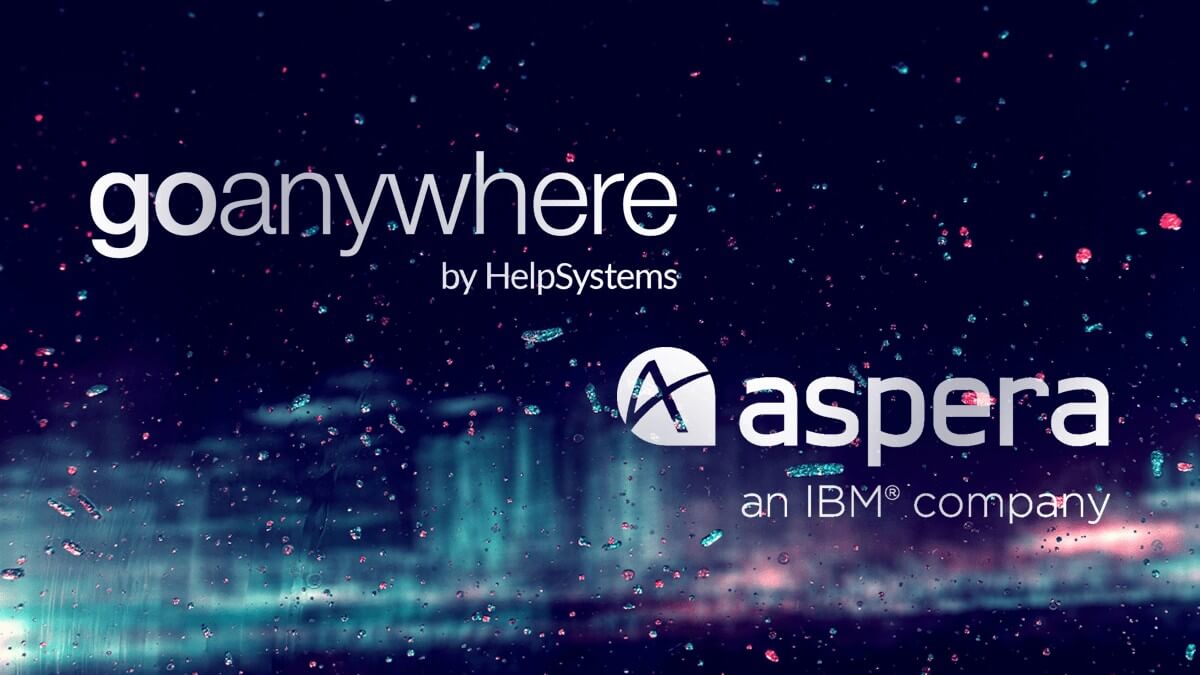Content protection from intellectual property theft and piracy is crucial for any content creator, filmmaker, and for the overall health of the digital economy.
Digital rights management (DRM) is a way to add additional security and digital management rights to media on any device by protecting it from unauthorized copying, alterations, and distribution via a content protection system.
But what are the details of DRM content protection, and what is DRM content? We break it all down for you below.
Table of Contents
- What is Digital Rights Management Protected Content?
- How Does Digital Rights Management Work?
- What are the Benefits of DRM Protection?
- What are the Drawbacks of Digital Rights Management Software?
- How to Enable Digital Rights Management Software
- Strengthen Digital Rights Management with Secure File Sharing
Secure File Transfer for Large Videos
Protected media transfers with AES-256 encryption, password-protection, and file access controls in a secure cloud environment. Try MASV for free today.
What is DRM Protected Content?
Digital Rights Management (DRM) protects copyrighted digital content from unauthorized copying or other use by unauthorized users. This digital content protection is enabled by technology that controls and manages the access, sharing, downloading, or distribution of copyrighted video (and other media) content.
Even though there are already laws in place against content piracy, constantly monitoring the massive expanse that is the internet for copyright breaches is unrealistic. A content protection system with DRM tools guards protected content by allowing a content owner to:
- Limit media access to specific IP addresses, locations, or devices.
- Set media expiry dates or limits on how many times media can be accessed.
- Either restrict or outright prevent users from sharing or forwarding media.
- Claim ownership over video assets.
Filmmakers and video professionals can invest in a content protection system or digital asset management (DAM) software that places such controls on digital intellectual property (IP) via Encrypted Media Extensions (EMEs) in web browsers.

How to Send Files Securely
Best practices on how to send files securely, what tools you can use, and the risks of not having a secure file sharing platform in place.
How Does Digital Rights Management Work?
DRM encrypts digital content at-rest and in-flight, which means each video asset must have its own encryption key, asset ID, and key ID. The encrypted content is then decrypted using a decryption key provided only to authorized users or an authorized device.
DRM content must then be transcoded into a compatible format such as MPEG-DASH or HLS.
Other digital content protection elements of DRM include copy protection – also known as copy restriction, content protection, and copy prevention – permissions management, and digital rights enforcement.
Copy protection uses digital methods to prevent unauthorized copying, while permissions management gives creators control over who can access and use their IP. Digital rights enforcement ensures copy protection and other usage policies are followed.
Content owners can use DRM permissions tools to both grant and revoke access to specific users or user groups.
Other elements of DRM can include:
Digital Watermarking
Watermarking documents and videos is a form of steganography that embeds information into digital assets to deter copying. There are different types of watermarking:
- Visible overlay watermarking and burn-ins are both visible, with burn-in watermarks encoded into the video (visible overlay watermarks are simple graphics placed on top of the content).
- Forensic watermarking, on the other hand, involves embedding an imperceptible unique identifier within the content. This identifier stays attached to the asset in any environment, even if it’s copied. Forensic watermarking is generally considered superior to visible watermarking.
Metadata
Creators can embed metadata into digital media to monitor and track licensing details and prevent unauthorized use through usage tracking.
Embed Codes
Embed codes dictate where and how digital content is published online. They also allow licensing changes to be made in a master file and automatically disseminated across all other platforms the asset resides, allowing for a “create once, publish everywhere” (COPE) content repurposing strategy.
License Management
DRM helps content owners exert more control over pre-existing content licenses. Asking users to read and proactively agree to end-user license agreements (EULAs) the first time they access content can help defend against unauthorized use.

Do You Have a Disaster Recovery Plan?
An overview of cloud disaster recovery in video production and the importance of disaster recovery for filmmakers in the event of a loss in data.
What are the Benefits of DRM Protection?
DRM provides several obvious benefits to a content owner. Piracy has been the bane of video content owners since the advent of video cassette recorders in the 1970s and 80s, and DRM helps secure protected content and content ownership by preventing unauthorized use or alterations.
Content protected by DRM essentially can’t be copied or reproduced without compensation to the owner. That, in turn, protects the livelihoods of creators in the digital economy.
DRM can be used to restrict certain content to specific geographics or age groups and shield a content owner from potential liability from unauthorized use. It can also help content owners more clearly communicate a customer’s usage rights when it comes to digital media (which aren’t always obvious).
What are the Drawbacks of Digital Rights Management Software?
One of the main drawbacks of DRM is that it can be very complicated to apply to video content, and requires a content creator to whip up multiple versions of protected content with varying resolutions to optimize playback based on a user’s connectivity.
DRM also limits the compatibility of video content with certain devices, apps, and browsers. Content creators may have to ask users to download a specific media player to watch their content, for example.
Additionally, because most devices only support one DRM, content owners typically need to use more than one (known as a multi-DRM approach) for digital content protection.
How to Enable Digital Rights Management Software
Enabling DRM requires changes to several components of an online streaming workflow, including:
- Content. Video content must be encoded, encrypted, and packaged in your chosen DRM system’s compatible formats.
- Video player. The video player must be able to decrypt your video by requesting a decryption key from a license server.
- License server. Your license server must be able to quickly authenticate and respond to decryption requests.
Several DRM systems for streaming or other premium content exist but the so-called “big three” of DRM software with the most reach are Google Widevine, Apple Fairplay, and Microsoft PlayReady, because they are compatible with the largest number of web browsers and together cover nearly every device.
- Google Widevine is compatible with Android, Chromecast, and Chrome and Firefox browsers.
- Apple Fairplay is compatible with the Safari web browser (OS X), iPhones, iPads, and AppleTV.
- MS PlayReady is compatible with Internet Explorer 11 and Edge web browsers, Windows Phone, and Xbox.
Video professionals can use third-party video solutions with pre-existing agreements with DRM software providers and other companies for encryption, packaging, video player, and license server support. You can also do all this yourself and work with DRM software providers directly.

Why Self-Hosted File Transfer Risks Content Security
Recent data breaches of GoAnywhere and Aspera demonstrate the risks of self-hosted file transfer to content and digital data protection.
Strengthen Digital Rights Management with Secure File Sharing
Digital rights management is an important part of video content security for any content creator, but it’s only part of the equation. During the production process, copyrighted media is constantly flowing between hybrid and remote video editing, color grading, VFX, and other departments.
Each touchpoint is a potential security threat. That’s why it’s important to complement DRM activities with a secure file transfer service capable of safeguarding sensitive assets during transit.
MASV is a large file transfer service to facilitate quick and secure transfers of media between creative teams. MASV follows a layered security approach designed to protect data at every step:
- MASV transfers travel across a secure and accelerated AWS CDN for enhanced security and speed.
- Transfers in-flight are protected with transport layer security (TLS) 1.2.
- Team admins can enforce Multi-Factor Authentication (MFA) and Single Sign-On (SSO).
- Users have the ability to set custom passwords, file access limits, and user permissions to prevent unauthorized access.
- Transfer waiting to be downloaded are protected by military-grade AES-256 encryption.
To validate these measures, MASV is ISO and SOC 2 compliant, and a registered Trusted Partner Network vendor (Gold Shield status) for media and entertainment workflows.
Read more about MASV’s secure file transfer capabilities.
Or, sign-up for MASV today and claim up to 70 GB in free, secure data transfer right now.
MASV File Transfer
Fast, secure, and easy file transfer for large files and video workflows. Claim 70 GB free when you sign-up and add a credit card.